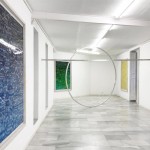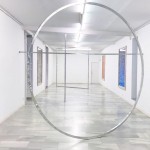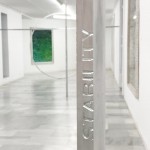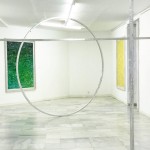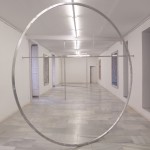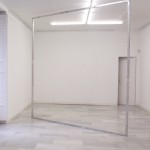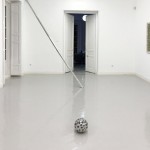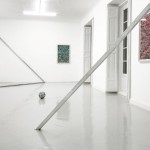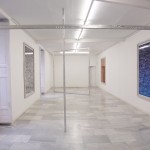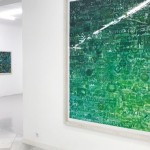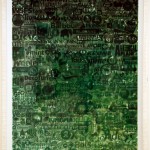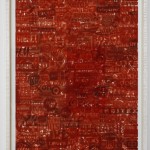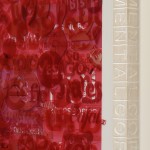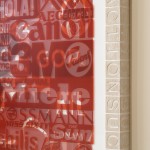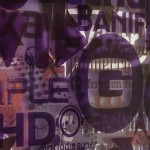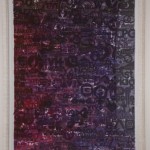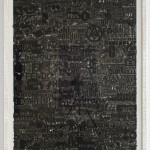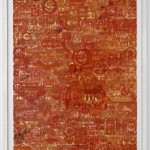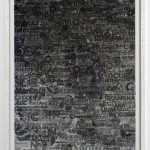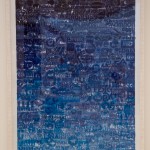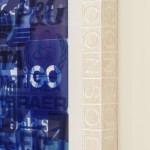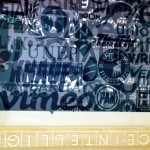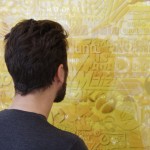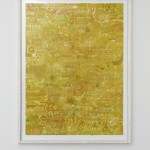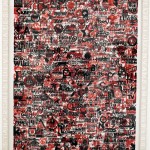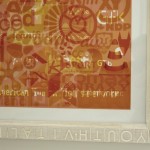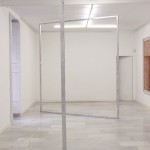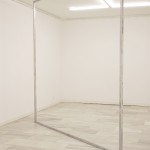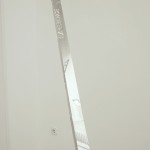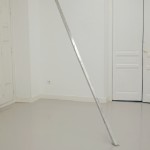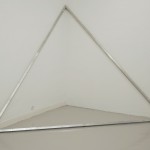CRISTINA LUCAS (Jaén, 1973)
From February 11 to March 25, 2017
INFORMAL COLORS
Is the modern viewer able to see color and shape while attending to pure sensations and compositions like the ones in the historic research by Newton, Goethe, Wittgenstein, Kandinski and Heller?
All their research into colors and forms was aimed at unraveling the effects color and shape have on the viewer’s perception. They wanted to find out how different wavelengths of light on our optical sensors can affect on our emotions. This is something that art, especially painting, made great use of to enhance its communicative purpose, particularly at a time when painting was not the only art to reflect the visible world and thus was turned inward at revealing what is inside. Seeing and feeling.
But the permanent march of time has put colors and shapes in a fundamental position within a hyper-visual culture that belongs to more than just art. Consumerism is also expressed in aesthetic terms in advertisements distributed over every imaginable means. Let us not forget that companies, institutions, political parties, and all sorts of organizations are always accompanied by brand names and logos that embody their character, much like a key to their identity that reveals the deep virtues and intentions of the organization they represent. All these institutions take great pains to communicate more than just their name or product: they hire consultants to set up a communication of intangible values, values that they hope to etch onto the insides of the consumers by linking them to emotions that will linger on regardless of the product they are selling at any point in time. It is a capital matter.
This exhibition, the fourth by Cristina Lucas at the Juana de Aizpuru Gallery, focuses on two series: Monochromes and Figures. With these two series, she aims to analyze and classify the language of colors and shapes taken from daily life by capturing whatever logos popped into view and then putting them back on display and offering them to viewers in their formal context. Cristina Lucas observes the corporative world we live in. From it, she takes out and classifies shapes and colors. Each of her pieces (pictures and sculptures) is made up of multiple logos, ones that assault our vision every day in the street or on the internet. She then classifies them by color and shape, framing them in theories that seem to justify her choice. The frame is of major importance: it does not close the question but expands and contextualizes it. It may even be said that it explains the question and clarifies the giving back to art of two things that were was once its own but now must be shared with the commercialized reality of the present: visibility and communication. This is a journey back, where even the most mundane reality (including the calculated dimensions of the mass advertising media to make them stand out in the hustle and bustle of our times) makes subtle references to various abstract attempts developed in the history of art during the 20th century. And at the same time, it becomes a new look at the codes of reading the aesthetic elements that surround us, ones we converse with on a daily basis. It is an artistic revision that puts each one in its place, institutional art and communication alike, and makes the initial question highly relevant: Are modern viewers able to see color and form attending to pure compositions and sensations? It is the modern viewers’ job to answer that according to their own personal experience dealing with these works of art and the logos and shapes that make them up.
Cristina Lucas
Madrid
February 2017
 Español
Español  English
English 